Behind every crime, a woman
Now, before my more enlightened readers find themselves bristling (as I did at first) at this Chinese proverb, let me explain its intended metaphorical usage.
Very simply put, it refers to the idea in Chinese Medicine (and in shiatsu) that behind the major obvious complaint (acute symptom/yang) that brings a person into see a practitioner, there is almost always a deeper, more hidden condition (yin) at the root of it.
A very basic and common example: tight shoulders and neck.
Of course, everyone who has this issue (myself included) seeks and out and finds great relief when this area is treated. But they are usually surprised to find that when pressure is applied to their lower back or upper chest (just under the collarbones) that these areas are really tender, and feel almost 'hungry' for deeper pressure.
The terms: 'kyo' and 'jitsu' used in shiatsu mean more or less 'empty' and 'full'.
To employ a simple illustration, picture a round ball.
In a more spherical shape, it is closer to balance. A 'kyo' condition would appear as an indentation in the ball, giving rise to a 'jitsu' protrusion. Now imagine this illustration of distortion manifesting in your body, either structurally or in the meridian system.
The 'jitsu/full' symptoms are obvious and what get your attention, and more often than not, is the compensating factor.
In western medicine, this is usually what gets addressed. Shiatsu practitioners are trained to seek out the greatest area of distortion, find the underlying 'kyo/empty' condition and treat that first. The 'kyo' areas are usually harder to discern because, by their very nature, they remain hidden and protected.
Another example would be a person who exhibits brash, obnoxious behavior.
We tend to respond to that as what it appears to be, but upon closer examination, what that person may be doing is hiding underlying insecurity and fear... feelings which, upon being exposed, would cause that person to feel incredibly vulnerable. (More on this in an upcoming post about 'body armoring').
The deeper 'kyo' behavior is what would be most effective to address, but as you can imagine, it would take someone with skill and compassion to work through the surface 'jitsu' presentation, to be allowed to 'touch' the kyo and give it what it needs to regain balance.
So, back to the original 'sexist' proverb: when describing the qualities of yin and yang as the primary balancing forces of the universe, 'female' has traditionally been written under the heading of 'yin', along with qualities like, 'receptive' and 'passive', thereby receiving a lot of flack and protestation from more feminist quarters.
Once again, I think this would be an interesting post and discussion for another time, but I hope that the original intent will spark some self-reflection and exploration into my reader's own experiences of 'kyo' and 'jitsu' in themselves, and, of course, you can share those below!



